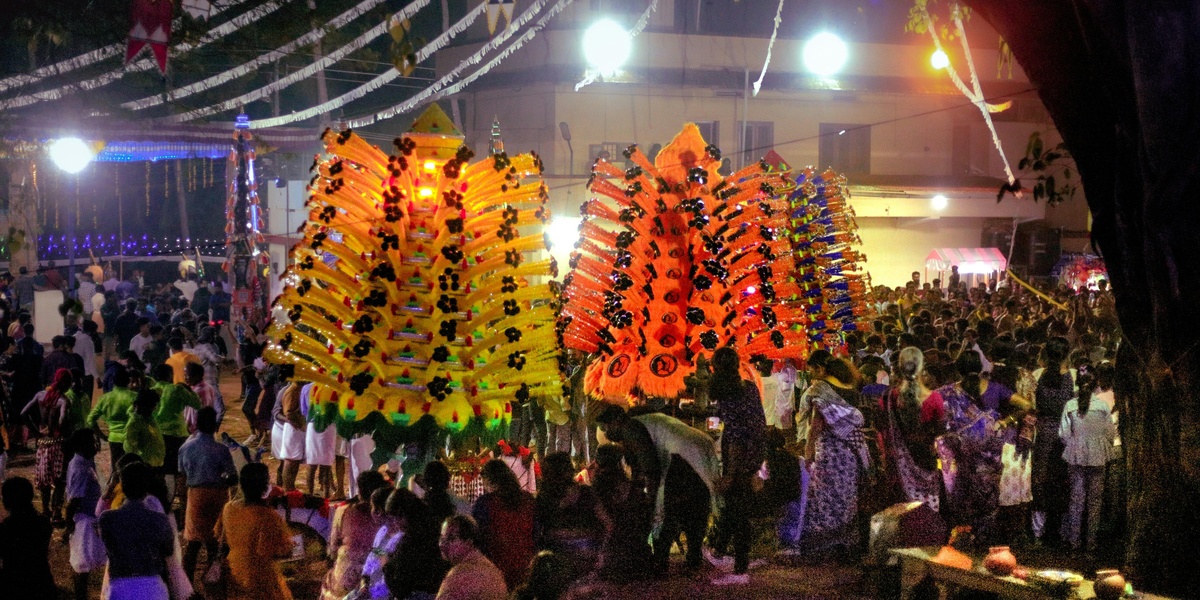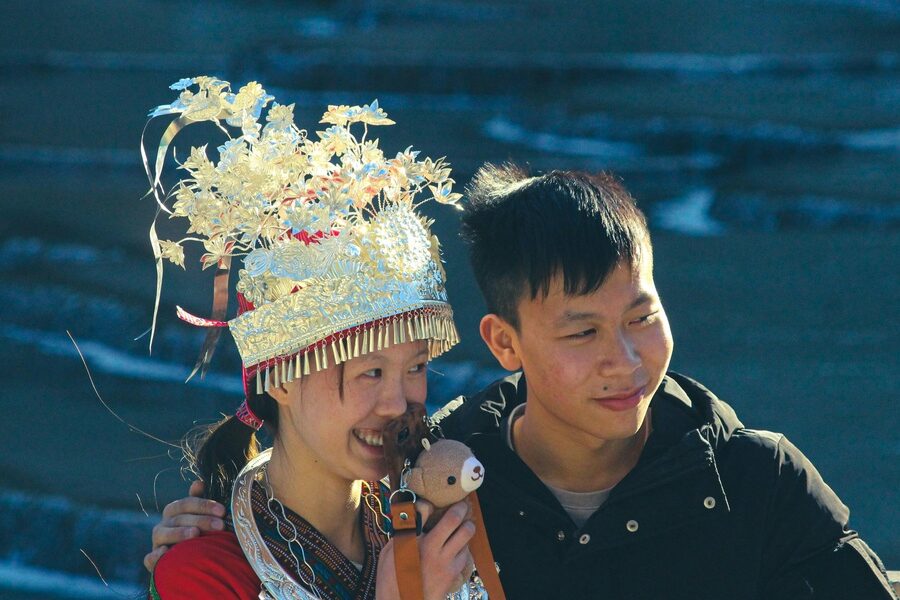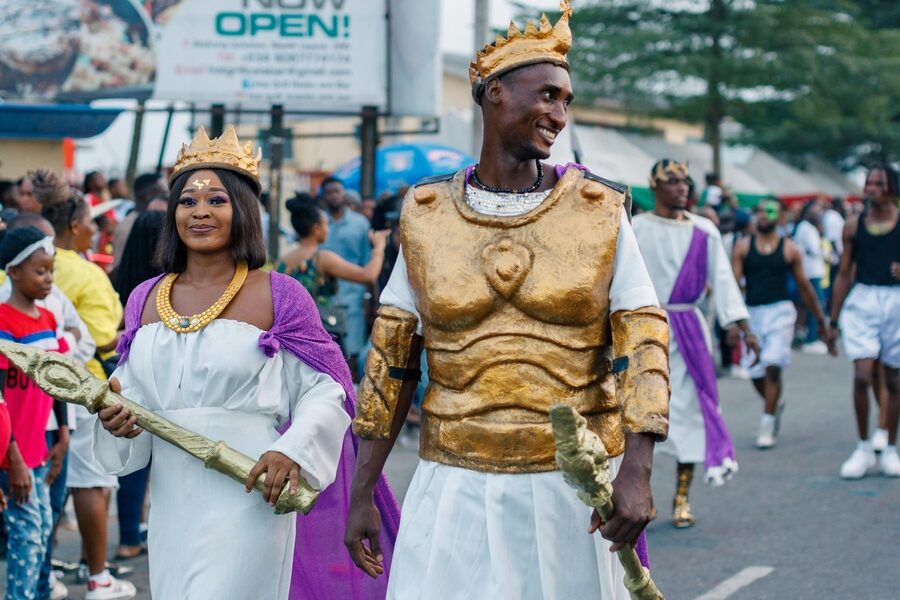On April 27, 1961, Sierra Leone celebrated independence — a date that still shapes public rituals and civic pride.
Even as cities grow and global influences arrive, many Sierra Leonean customs remain active and visible.
These traditions in Sierra Leone act as social glue, an economic engine, and a toolkit for coping after shocks such as the 2014–2016 Ebola epidemic.
Everyday Social Traditions
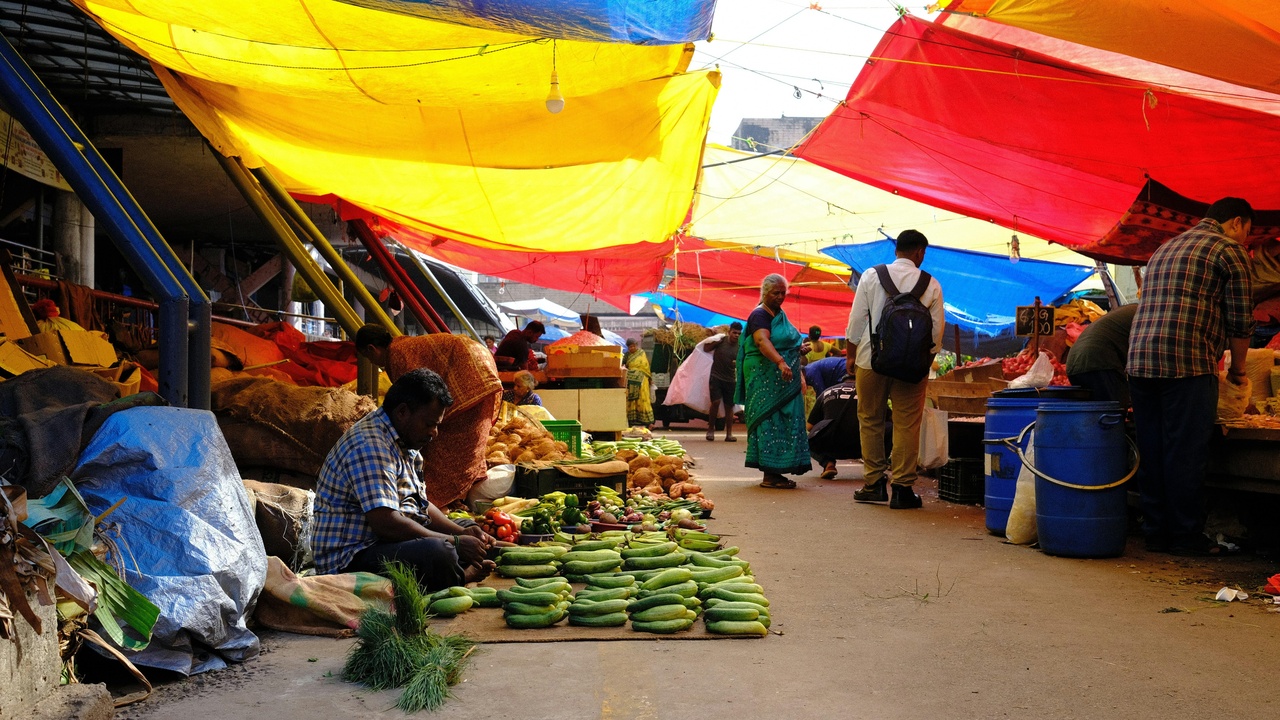
Daily practices—from how people greet one another to how they eat—shape belonging and local economies.
1. Communal Meals and Shared Plates
Communal eating is central to daily life and hospitality.
Staple dishes like rice served with plasas (cassava leaf stew) or groundnut stew are often shared from a common bowl. Extended families of 6–8 members commonly share meals, especially after market days.
Sharing food builds trust and reciprocity. It reduces waste and helps families stretch scarce resources during lean seasons. You will see communal preparation for weddings, funerals, and harvest celebrations where neighbors pitch in.
2. Market Culture and Trading Rituals
Markets are social as much as they are economic places.
Lively haggling, set market days, and strong female participation characterize marketplaces in Freetown, Bo (the country’s second city), and provincial towns. Women vendors often run stalls and extend small credit to trusted customers.
Beyond buying and selling, markets act as information hubs and informal credit networks. They help communities recover after crises by circulating goods, news, and favors across social ties.
3. Greeting Rituals and Respect for Elders
Greetings are codified social practice and a measure of respect.
Typical scripts ask after family health and news before any business is discussed. Special gestures or titles are used for elders and chiefs when entering compounds or village squares.
Proper greeting matters. It opens doors for negotiation, eases dispute resolution, and signals polite intent when visiting homes or meeting officials.
Ceremonial and Life-cycle Traditions
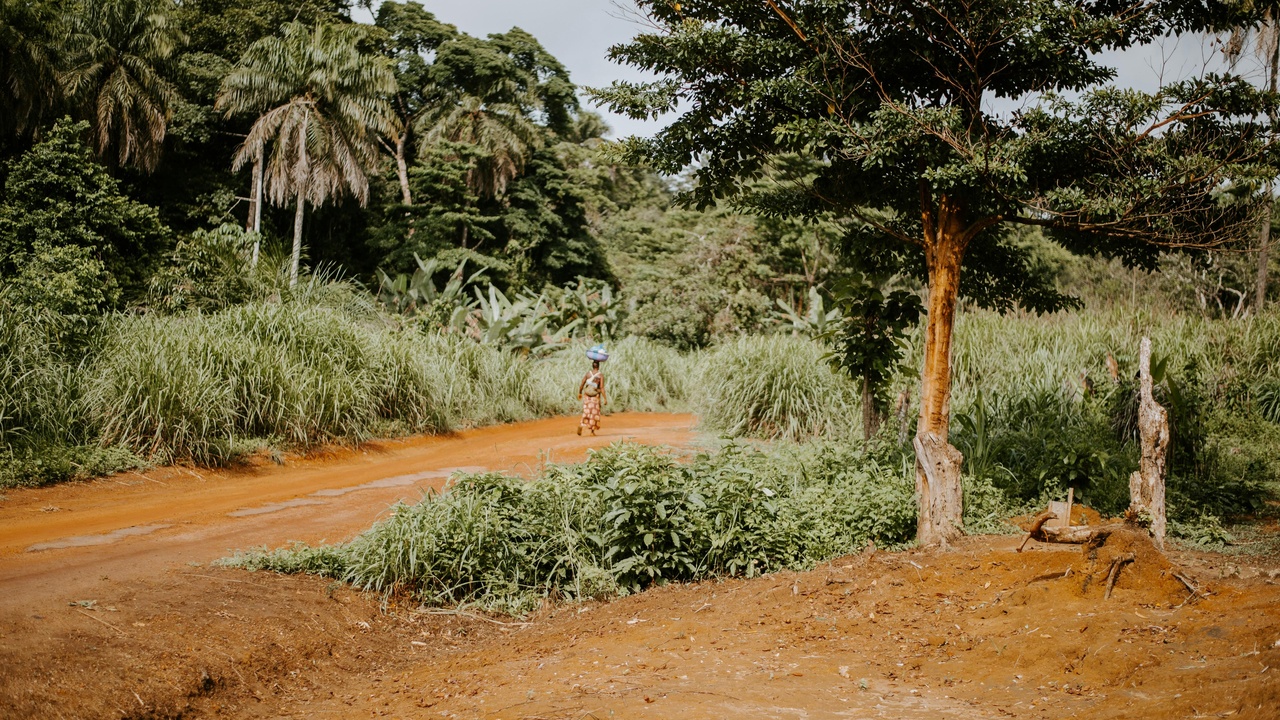
Rites of passage structure social life and transmit cultural knowledge across generations.
Many ceremonies involve multiple households and sometimes secret societies. The 2014–2016 Ebola epidemic (roughly 14,122 cases and about 3,955 deaths in Sierra Leone) forced changes in some rituals, especially funerals.
4. Poro and Sande Initiation Societies
Initiation societies like Poro (for men) and Sande/Bundu (for women) are central educational and cultural institutions among groups such as the Temne and Mende.
They teach social norms, governance, craft skills, songs, and dances. Instruction is age-based and often secretive, passing down moral codes and community leadership practices.
Sande ceremonies include distinctive music, masks, and healing dances. Poro institutions often advise village councils and play a role in marriage regulation and conflict resolution.
5. Weddings and Marriage Customs
Weddings are multi-day community affairs that blend religious rites with traditional practice.
Negotiations over bride price—paid in money, goods, or livestock—are social exchanges that bind families rather than simple transactions. Many ceremonies pair a church or mosque service with customary celebrations and communal feasting.
Weddings support local businesses such as tailors, caterers, and musicians. Seasonal wedding demand is a steady economic boost in towns and villages.
6. Funeral Rites and Ancestor Respect
Funerals are highly ritualized events that honor the dead and reinforce communal bonds.
Traditional practices include wakes, libations, and mourning periods where families host visitors for days. During the 2014–2016 Ebola outbreak (about 14,122 cases and 3,955 deaths in Sierra Leone), safe-burial protocols shortened ceremonies and limited touching of the body.
Communities adapted by incorporating safe-burial teams and abbreviated rites while maintaining ancestor reverence. Those adaptations helped curb disease spread and preserved social meaning under difficult conditions.
Artistic and Musical Traditions
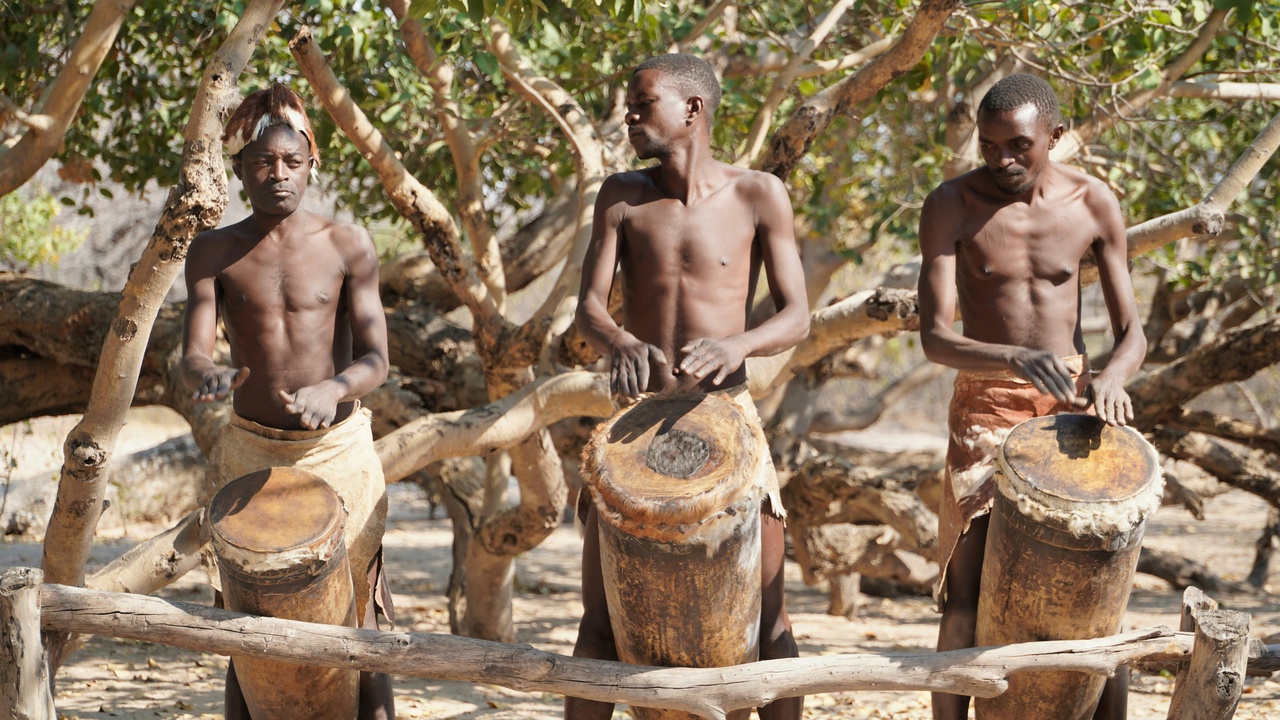
Music, dance, storytelling, and visual arts carry history and social values from village to city.
7. Drumming, Dance, and Storytelling
Rhythm and story are central to cultural transmission.
Drums, call-and-response singing, and oral histories record genealogy, local events, and moral lessons. Palm-wine music and Bubu rhythms are examples of living genres.
Artists such as Ahmed Janka Nabay (1977–2017) helped revive Bubu music and bring traditional rhythms to international audiences. Storytellers still recount lineage and local history in village squares and at festivals.
8. Masks, Carving, and Visual Arts
Mask-making and wood carving are tangible expressions of belief and identity.
Craftspeople carve ritual masks used in Sande and Poro dances and pass skills down through families. Carving motifs often reference cosmology, ancestry, and social roles.
These works appear in ceremonies, markets, and contemporary galleries in Freetown. Art sales support livelihoods and let artists reinterpret tradition for new audiences.
Community Governance, Festivals, and Public Life
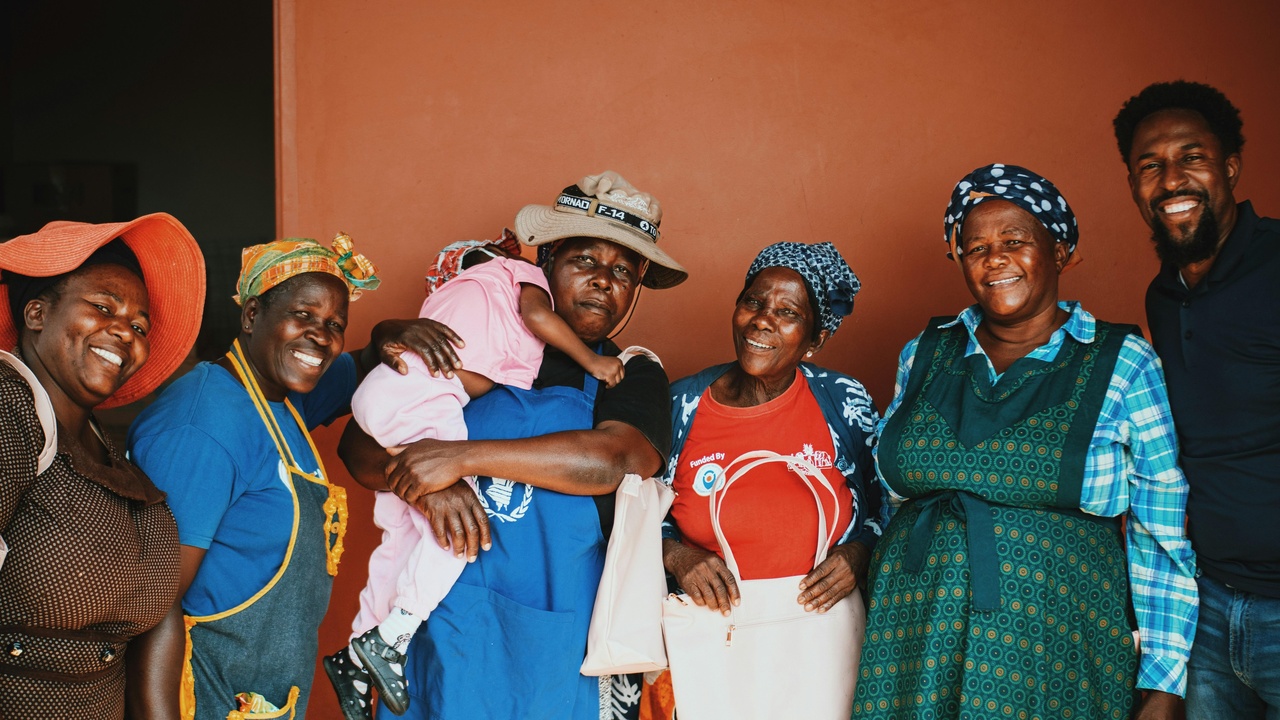
Traditional governance and annual celebrations anchor civic life and public identity in Sierra Leone.
Paramount chiefs, festivals, and national holidays keep communities connected across generations and settlements.
9. Chieftaincy and Local Governance Traditions
Customary leadership remains influential across rural Sierra Leone.
The country is divided into roughly 149 chiefdoms, each led by chiefs who handle land issues, mediate disputes, and mobilize labor for community projects. Paramount chiefs also represent chiefdoms before district councils.
Chiefs preside over land disputes, organize communal building efforts, and convene meetings to plan harvests or emergency responses. Their authority blends tradition with practical local governance.
10. Annual Festivals and Religious Celebrations
A rhythm of annual festivals and religious holidays punctuates civic life.
National Independence Day on April 27, Christmas, and Eid al-Fitr bring people together across faiths. Local harvest and masquerade festivals also draw diaspora visitors and boost local markets.
Festivals support artisans, musicians, and hospitality providers. They renew civic identity, attract tourists, and circulate income in towns and villages.
Summary
- Traditions bind communities, provide social safety nets, and keep history alive.
- Rituals adapt to crises—funerary practices changed during the 2014–2016 Ebola outbreak to protect communities.
- Music, masks, festivals, and chieftaincy support local economies and cultural continuity.
- Public rituals like Independence Day (April 27) and religious holidays unite citizens and the diaspora.

